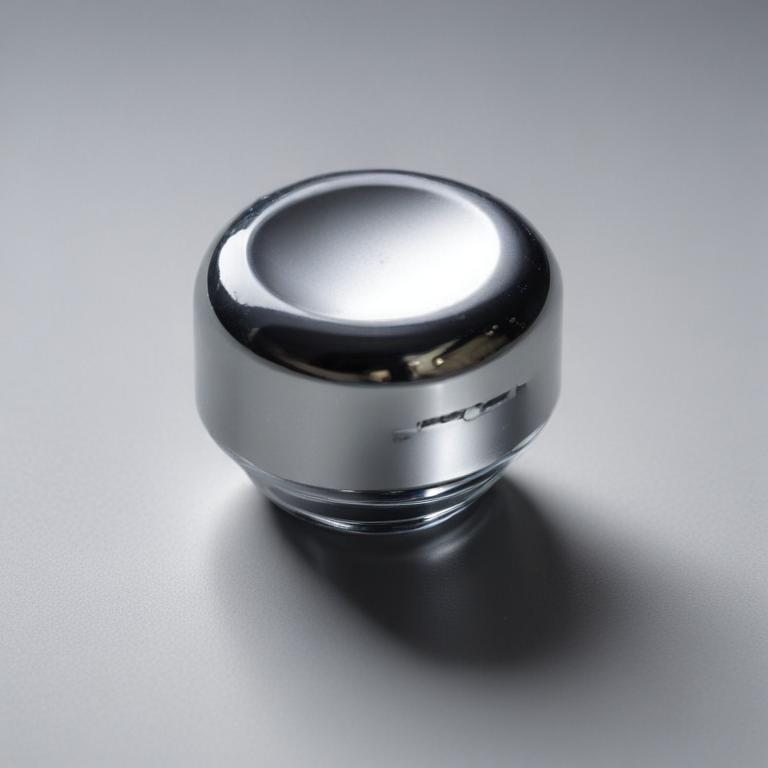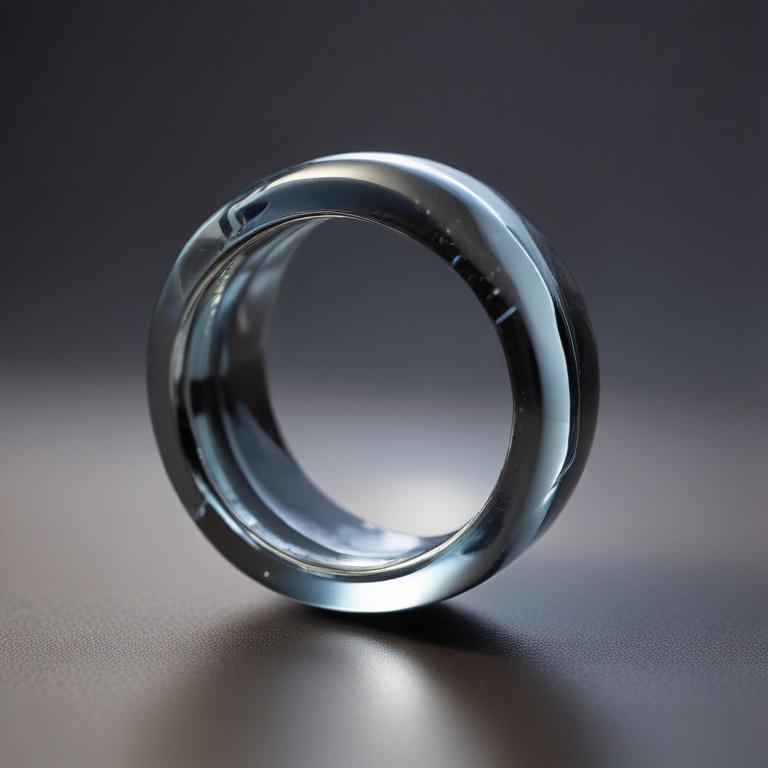发音 (Pronunciation):
IPA: /ˈmæɡ.nət/
中文近似: 麦格耐特
中文意思与词性 (Meanings & Part of Speech):
- 磁铁,能够吸引铁或其他某些物质的物体 (n.)
- 有吸引力的人或事物 (n.)
例句 (Examples):
1. The magnet attracted the metal paperclip.
(磁铁吸引了金属回形针。)
2. The city is a magnet for tourists.
(这座城市对游客有很强的吸引力。)
用法提示 (Usage Tip):
“magnet” 既表示物理意义上的磁铁,也可比喻对人或事有吸引力的事物。用作比喻义时常见搭配为“be a magnet for/to ...”。
更多关于 "magnet" (More about "magnet")
单词来源 (Etymology)
“magnet” 源自拉丁语 magnetem,原指产自古希腊马格涅西亚(Magnesia)地区的一种天然磁石(磁铁矿),因而得名。
词根词缀解析 (Root & Affix Analysis)
“magnet” 是基础词,直接源自地名 Magnesia。“magnet” 相关的派生词包括 magnetic(磁性的)、magnetism(磁性、磁学),可以注意其词根“magnet-”代表“磁”。
“magnet”的字母与词根个性化解读
字母象形/引申义 (个性化参考)
- 字母 'm' 的象形或引申含义可能包括: 山 (象形) -> 高大, 连接; 手 (男人劳动); 命令; 凸起 (嘴); 思维; 水面波纹; 音变: M=N=L=R; M=B=P=F=V。
- 字母 'a' 的象形或引申含义可能包括: 牛角 (象形: 牛头, 力量, 能力); 下面宽上面尖 (形状) -> 延伸, 远处, 高处, 方向, 指示。
- 字母 'g' 的象形或引申含义可能包括: C的分化 (动, 头, 重要, 包围); 生长孕育 (土地); 走; 音变: G=K=C=H=J=Y。
- 字母 'n' 的象形或引申含义可能包括: 水 (M=N); 鼻音 (nose); 突出/生长/新生; 门 -> 否定 (no, not); 连接; 音变: N=M=L=R。
- 字母 'e' 的象形或引申含义可能包括: 眼睛 (窗户符号引申); 向外 (ex-变体); 元音互换: A=E=I=O=U=W=Y。
- 字母 't' 的象形或引申含义可能包括: 顶端 -> 记号/标志; 手杖 -> 抓 -> 手 -> 伸展 -> 指示代词; 支撑 -> 站立; 三叉 -> Tr转换/转; 分叉; 音变: T=D=S=TH。
词根/组合解读 (个性化参考)
- 单词中的片段 'ag' (源自词根/组合 'ag') — 含义: 去做, 动; (来源提示: A(牛角)+G(动)/C(动)); (音变参考: g=c).
学习提示:以上针对单词 magnet 的字母和词根解读,主要基于提供的特定象形及词根资料。这些提示旨在启发联想,而非绝对定论。更通用的记忆规则和原则请参考首页。英语词源复杂多变,实际应用中请结合更全面的词源词典和语言学知识进行深入学习。
常用词组 (Common Phrases)
- magnetic field: 磁场
- natural magnet: 天然磁铁
其他语言 (Other Languages)
- 德语: Magnet
- 法语: aimant
字母整体创意联想
单词“magnet”的开头“M”像两块磁铁,彼此吸引,中间有“g”如磁力线穿过,两端的“t”像是磁铁的极端。
逐字母创意解读
中文谐音助记
“magnet 磁铁” -> “马哥捏它”,想象马哥用手捏住一块磁铁。
相关电影/名言
"My body is a magnet for disaster."
(我的身体就像灾难的磁铁。)
- 《约会之夜》(Date Night, 2010)
趣味知识/故事
磁铁最初被人类发现时,是由于一些天然的磁铁矿(也叫“吸铁石”)能够吸引铁器。传说两千多年前的中国古人已经利用磁铁制作指南针,引领探索世界的脚步。
拓展信息
“Magnet” 可以作为比喻使用,指对某人某事具有极强吸引力的人或物。如:He is a magnet for trouble(他总是惹麻烦)。
在日常生活中,磁铁除了在物理学中有广泛应用,在工程、交通、医疗等领域也发挥重要作用。例如,核磁共振成像(MRI)就利用了磁场原理。
“磁性”(magnetism)一词也从“magnet”衍生而来,常用来描述某个人的个人魅力(personal magnetism)。
网络参考 (More about "magnet" from the Web)
Magnet - Wikipedia
A magnet is a material or object that produces a magnetic field.This magnetic field is invisible but is responsible for the most notable property of a magnet: a force that pulls on other ferromagnetic materials, such as iron, steel, nickel, cobalt, etc. and attracts or repels other magnets.. A permanent magnet is an object made from a material that is magnetized and creates its own persistent ...
Magnet | Physics, Properties & Uses | Britannica
magnet, any material capable of attracting iron and producing a magnetic field outside itself. By the end of the 19th century all the known elements and many compounds had been tested for magnetism, and all were found to have some magnetic property.The most common was the property of diamagnetism, the name given to materials exhibiting a weak repulsion by both poles of a magnet.
How Magnets Work - HowStuffWorks
Ferrites or ceramic magnets: These are like those used in refrigerator magnets and elementary-school science experiments.They contain iron oxide and other metals in a ceramic composite. A ceramic magnet known as lodestone, or magnetite, was the first magnetic material discovered and occurs naturally.Even though the ceramic magnet has been around for so long, they weren't commercially produced ...

